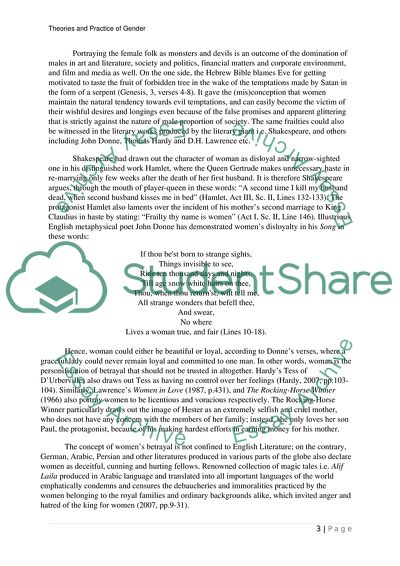Cite this document
(“In What Ways Has Society Conflated Women and Monsters Research Paper”, n.d.)
In What Ways Has Society Conflated Women and Monsters Research Paper. Retrieved from https://studentshare.org/gender-sexual-studies/1800613-this-is-major-topic-not-paper-topic-theories-and-practices-of-gender
In What Ways Has Society Conflated Women and Monsters Research Paper. Retrieved from https://studentshare.org/gender-sexual-studies/1800613-this-is-major-topic-not-paper-topic-theories-and-practices-of-gender
(In What Ways Has Society Conflated Women and Monsters Research Paper)
In What Ways Has Society Conflated Women and Monsters Research Paper. https://studentshare.org/gender-sexual-studies/1800613-this-is-major-topic-not-paper-topic-theories-and-practices-of-gender.
In What Ways Has Society Conflated Women and Monsters Research Paper. https://studentshare.org/gender-sexual-studies/1800613-this-is-major-topic-not-paper-topic-theories-and-practices-of-gender.
“In What Ways Has Society Conflated Women and Monsters Research Paper”, n.d. https://studentshare.org/gender-sexual-studies/1800613-this-is-major-topic-not-paper-topic-theories-and-practices-of-gender.


